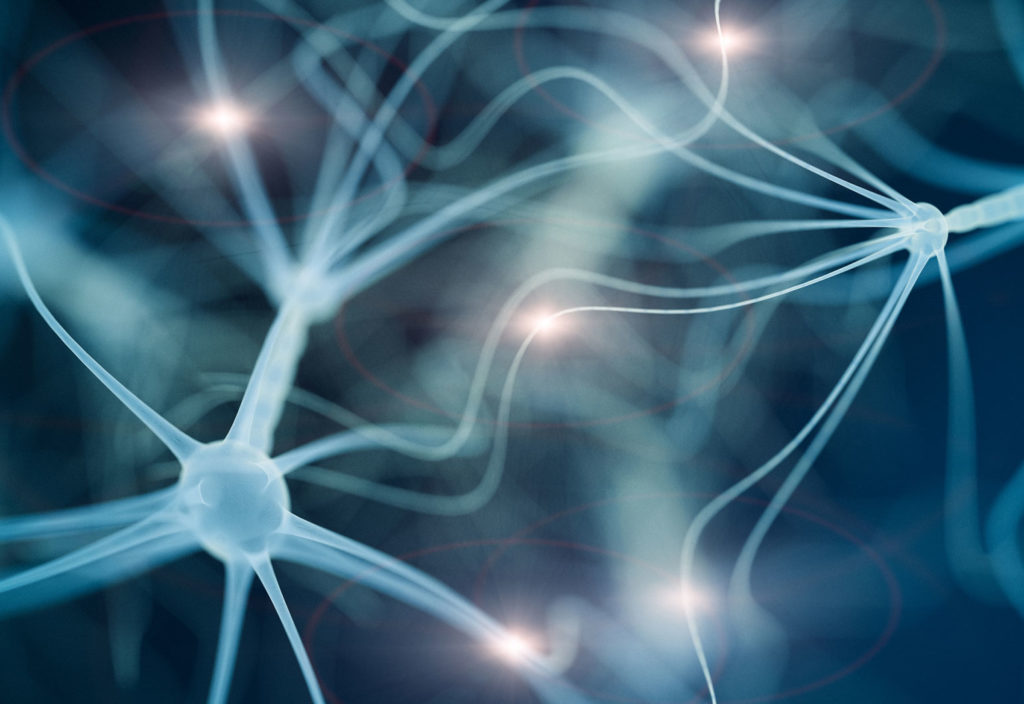Future medical devices could use the body’s own electrical signals to predict problems and help the nervous system keep them in check.
Almost all bionic ear, bionic eye, epilepsy control and brain-computer interface devices must be tuned by a medical specialist to deliver the right level of electrical stimulation to patients’ nervous systems. This is known as open-loop control.
Closed-loop control systems allow devices to tune themselves in response to electrical signals produced by the patient’s body.
For example, a bionic ear could automatically adjust stimulation levels to control the volume heard by a patient, or an implant could monitor brain activity for signs of an impending seizure and stimulate the brain in a way that steers it away from the seizure state.
“Our own bodies have these closed-loop control systems, but these systems can fail with disease or injury, which is why an artificial system is so appealing,” said Professor David Grayden, an electrical and electronic engineer and computer scientist based in the University of Melbourne’s biomedical engineering department.
Learning the language
As the son of a linguist, Grayden developed an early fascination with the mechanics of language. So much so, that during his electrical engineering degree he took linguistics as a non-technical elective. He later combined the two disciplines during a PhD in speech recognition using artificial neural networks.
This flowed into a fellowship at the Bionics Institute, where Grayden developed sound processing strategies for cochlear implants to help bionic ear users understand speech in noisy environments.
He now focuses on understanding the language of the nervous system, which uses electrical signals to communicate what is happening in the body.
Like spoken language, the nervous system has a wide range of dialects. Grayden said that one of the greatest challenges faced by medical bionics researchers is the complexity of the human brain and nervous system, which can vary greatly between patients.
“A stimulation strategy for one person might be completely inappropriate for another who has the same condition,” he explained.
Because the nervous system connects the whole body, Grayden’s research has a wide range of applications. Most recently, Grayden worked to develop a mathematical model of how the body communicates information about gut inflammation to the brain through the nervous system via the vagus nerve.
Grayden told create the research team also developed a second model, which is yet to be published. This model describes the signals the brainstem sends back to the gut when it is inflamed in a normal digestive system.
“Together, these models might form the basis of a closed-loop system to control inflammation in the gut for people whose normal control system fails,” Grayden said.
He added that such a system could potentially be used to stimulate the vagus nerve to help manage the symptoms of inflammatory bowel disease (IBD), which currently has no cure.
Reducing side effects
Using electricity to stimulate the nervous system changes the connections between neurons in the brain. This is how we learn and store memories, Grayden explained.
But because open-loop devices provide a set level of stimulation, rather than responding to the patient’s internal signals when needed, they can cause unintended side effects. These can include making the body less responsive to electrical stimulation, or inducing headaches and confusion in response to deep-brain stimulation.
Closed-loop devices, which deliver stimulation only when needed, could help to reduce these effects, Grayden said.
Closed-loop stimulation has already been trialed in pacemakers, with promising results. In 2017, the American College of Cardiology conducted a study of 46 patients suffering from fainting episodes following irregular heart rhythms (vasovagal syncope).
The study found that 72 per cent of patients treated with pacemakers using closed-loop stimulation had less than half the number of fainting episodes, compared to 28 per cent of those treated with fixed-rate stimulation.
In the future, Grayden is keen to “put the pieces together” and build a medical bionics device with closed-loop control. He said he was likely to start with a device designed to control epileptic seizures, as many patients had symptoms that could not be controlled with medication.
He has previously helped develop algorithms for predicting epileptic seizures and a minimally invasive device to record signals within the brain.
“This is where engineering and bionics can step in to help them, much like the pacemaker was developed for people with heart problems that can’t be adequately treated with drugs,” he said.
